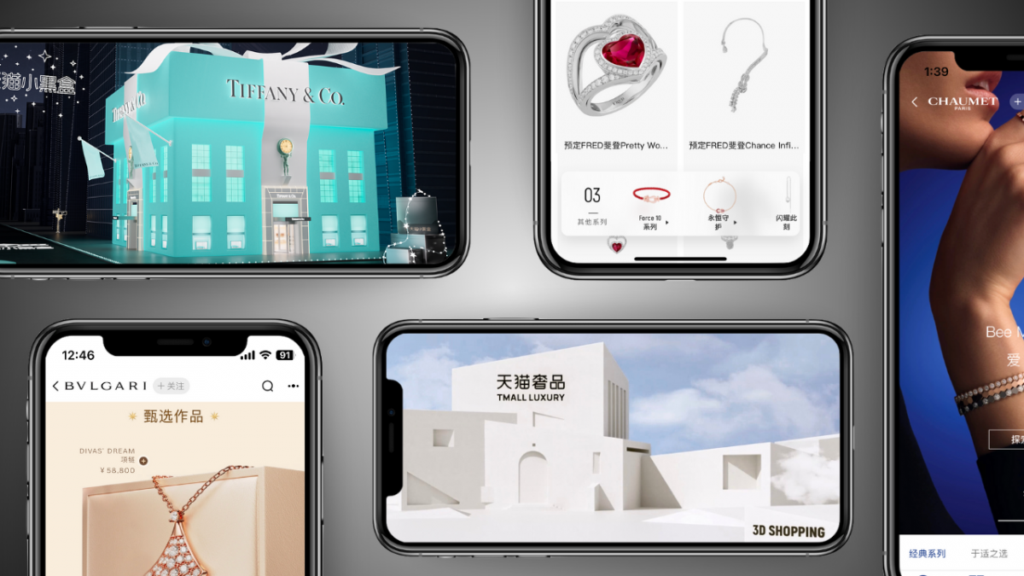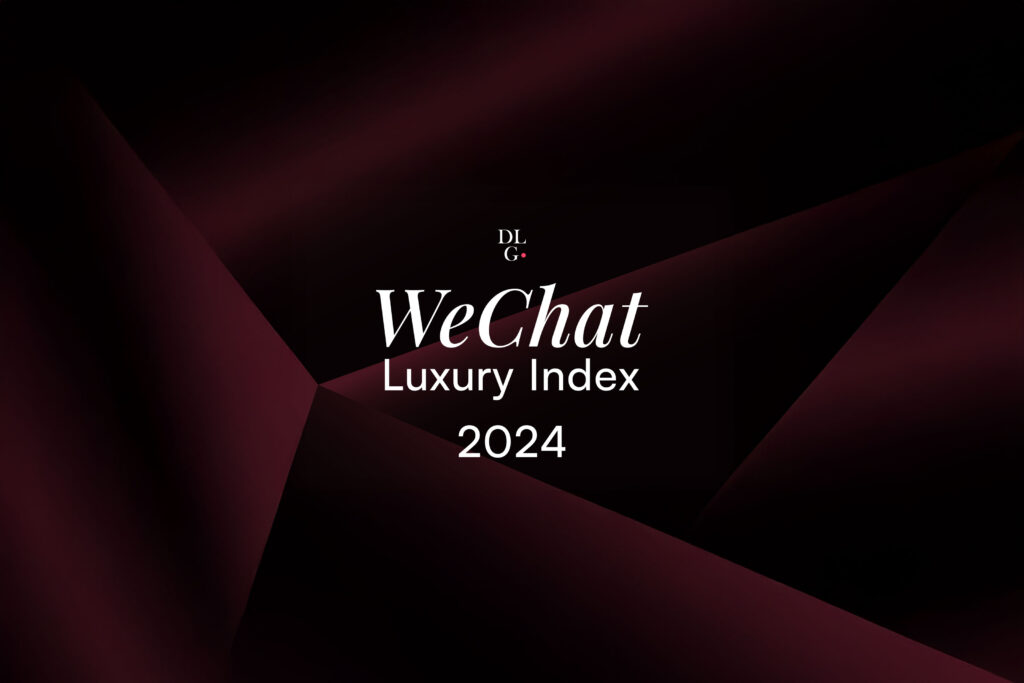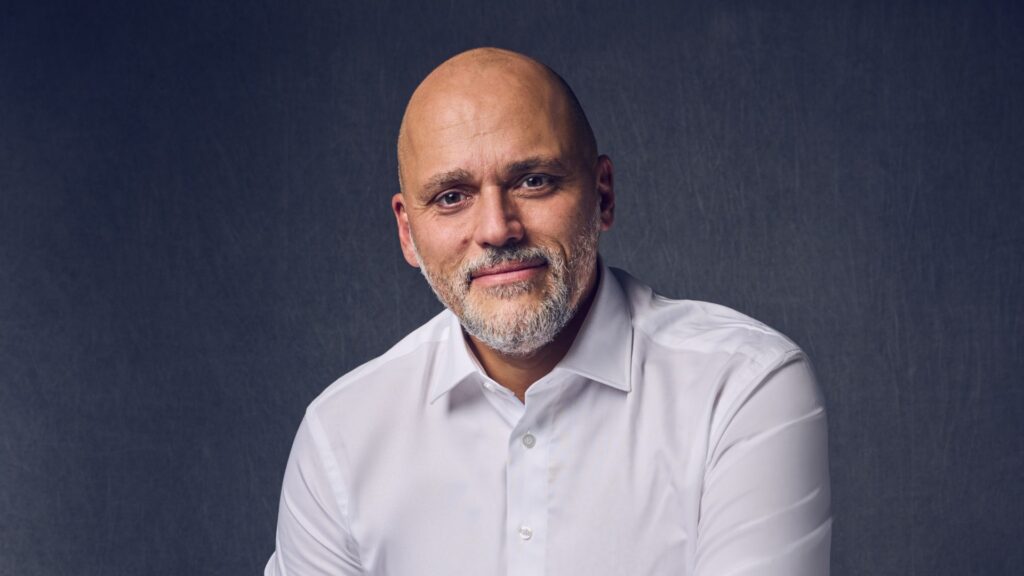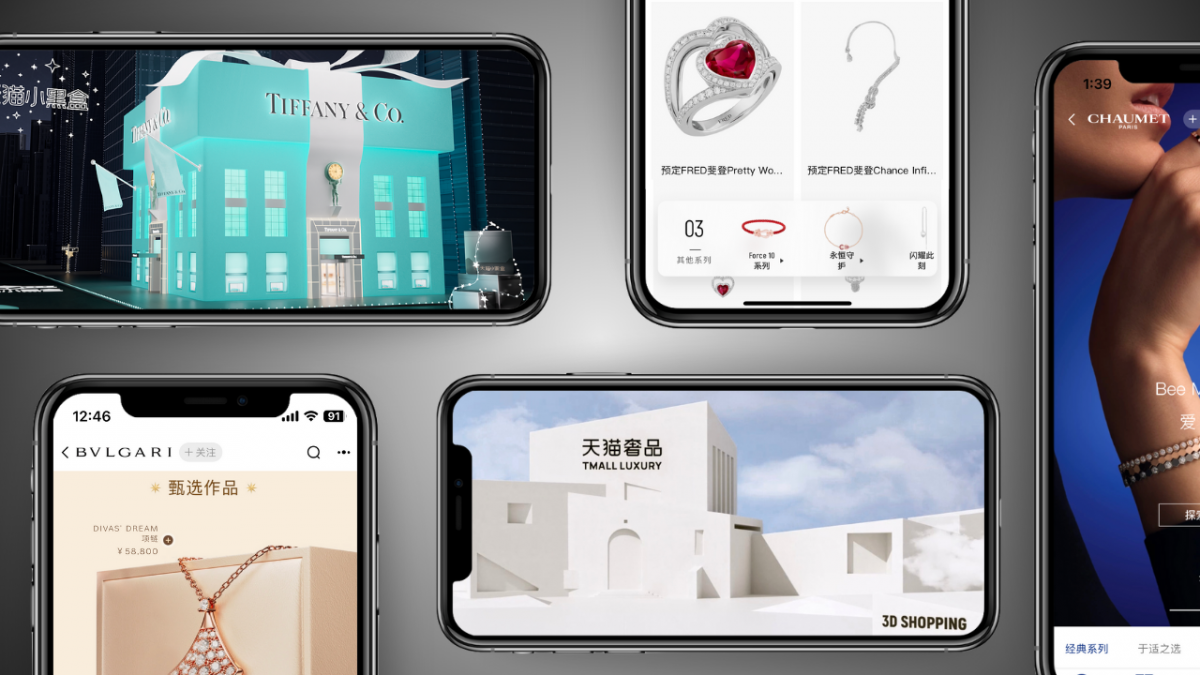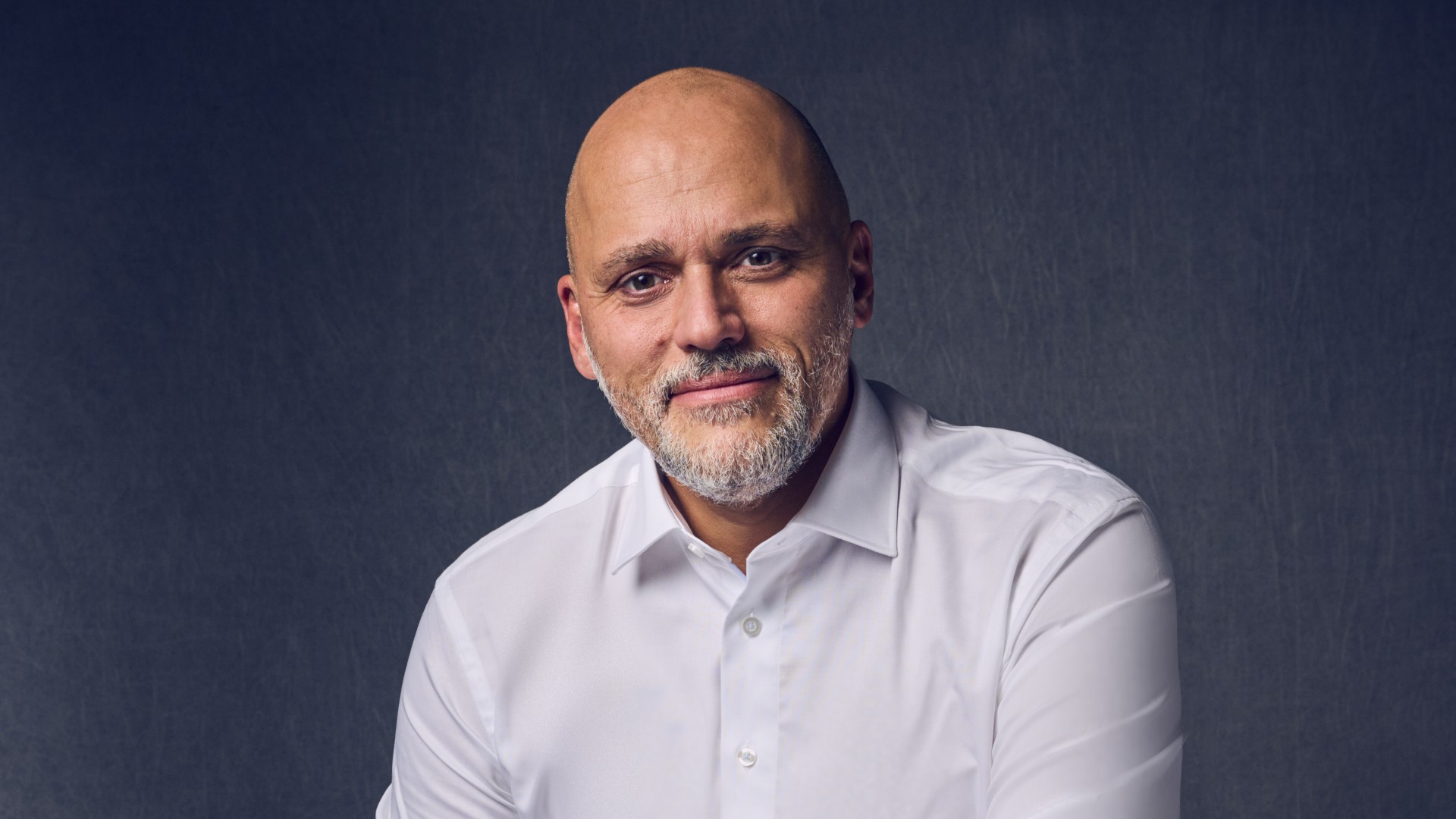More than three-quarters of endorsement deals in the industry are made with individuals who have low approval ratings, reflecting negatively on the brand.

Celebrity Choices
Versace was found to have the weakest celebrity strategy of all of the brands Spotted studied. The label’s work with Christy Turlington Burns does not align strongly with its audience, causing it to be the 12th weakest partnership this year.
In addition to failing to find synergy between its consumer base and celebrities, Versace also has a tendency to pick very risky faces.
Nordstrom, Mikimoto, Fendi and Tiffany & Co. were also among the 10 brands with the weakest celebrity alignments.
Tiffany’s choices of Lady Gaga and ASAP Ferg resonate more with an audience who is far less affluent than the jeweler’s typical customer.
“If you’re investing millions of dollars in a celebrity, and the people that that celebrity impacts could never in their wildest dreams afford to buy your product, then it’s not a good use of the brand’s marketing budget,” Ms. Comenos said.
Meanwhile, Burberry’s alignment with Iris Law is the second weakest partnership that Spotted studied.
One of the key pitfalls that luxury brands fall into is choosing a face that is too ubiquitous, as this prevalence can weaken all of their partnerships. For instance, model Kaia Gerber’s collaborations with brands including Saint Laurent, Marc Jacobs, Versace and Chanel were among the 50 least effective.

Image credit: Chanel.
Similarly, Kendall Jenner is one of the celebrities that can have the most negative impact on a campaign, partly due to her plentiful endorsement deals with labels such as Longchamp, Missoni and Fendi. She also has a low consumer approval rating, driving down the benefit of her partnership.
“The problem that arises when a celebrity has so many endorsement deals in the market at the same time, is that those deals end up having a dilutive effect on any one of those brands,” Ms. Comenos said. “If you’ve seen Kendall in 22 different campaigns over the past month, you’re not going to be able to keep track of which brands she endorses.
“We often consult our clients on investing in celebrities who are seeing upward momentum, who score highly with their customers in terms of trust and resonance, yet who do not have a lot of endorsement deals in market, because then consumers will be more likely to remember it,” she said.
Exposure vs. Credibility
Ms. Jenner’s sister Kim Kardashian West is the most over-exposed celebrity, as well as the least trusted among consumers. Respondents also find her to be unauthentic.
The reality star comes with a lot of risk, with consumers responding negatively to her posting risqué photos on social media or defending controversial figures.
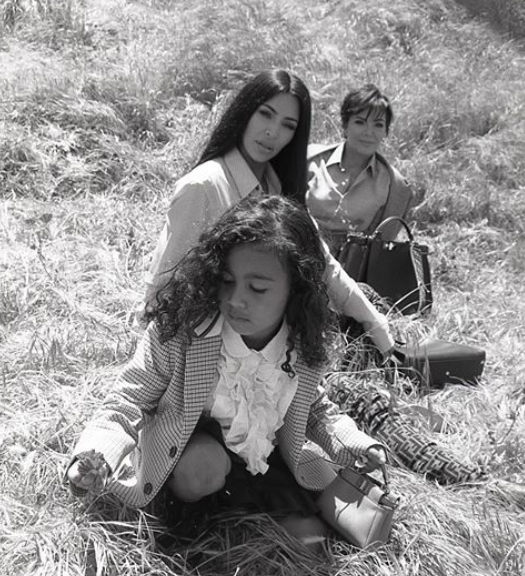
Fendi, Stuart Weitzman, Versace, Balmain and Dior have chosen some of the riskiest celebrities as faces, while Cartier, Moncler, Giorgio Armani, Longines, Bloomingdale’s, Swarovski and Chanel take the least risk with their picks.
More than half of the fashion and retail business’ endorsement deals have a risk score of at least 50. Additionally, more than three-quarters of endorsement deals in the industry are made with individuals who have low approval ratings, reflecting negatively on the brand.
While many luxury brands were called out for weak endorsement practices, some are leading the field. Dior, Rolex and Moncler came out on top for the best ambassador choices.
Rolex’s alliance with Roger Federer was the ninth strongest partnership in the study. The tennis player’s personality jives with the brand’s, and his audience is a strong match for Rolex’s target.
Dior, meanwhile, has made some of the strongest deals with actors Jennifer Lawrence, Natalie Portman and Johnny Depp.
Risks and Rewards
Adding a well-known personality to a campaign can help a marketing effort get consumers’ attention. However, sometimes this attention is not for the best.
When working with a celebrity there are inherent risks, as the ambassador is invited into the brand’s inner workings and serves as a real-life representation of the company’s positioning. Despite being the face of a brand, celebrity ambassadors also have personal lives, careers and opinions that may occasionally outshine or undermine the message the brand is hoping to portray via its selected spokesmodels.
Due to the potential risk involved in pairing a brand with a personality, marketers should consider a celebrity’s chance of creating scandal.
Celebrity endorsements have been a longtime strategy for luxury marketers, but today’s increasingly interactive climate has shifted the manner in which these campaigns are created.
Social media has become a vital component of brand endorsements, with pressure put on celebrities to be more engaging. According to the “Age of Social Influence” report from Celebrity Intelligence and Fashion & Beauty Monitor, only 8 percent of brand survey takers claim to work with celebrity influencers who do not have a social media presence.
However, a large social media following is not everything, and brands should look at more than audience size or popularity when picking spokesmodels.
“The hope is that luxury brands realize that they are not only investing in people who aren’t converting for them in many cases, but there’s also the opportunity cost of working with the right person,” Spotted’s Ms. Comenos said.
“The right type of celebrity endorser can really move the needle to the brand,” she said. “But the wrong celebrity can be really damaging to the brand and can alienate the brand’s customers.
“So it’s a very high-risk, high-impact type of decision. And luxury brands in particular should be a lot more rigorous in these decisions than they are.”
Reposted with permission from Luxury Daily.
Cover image credit: Missoni.


